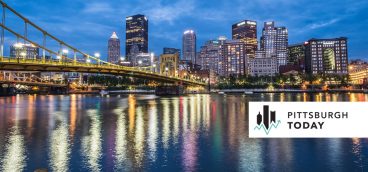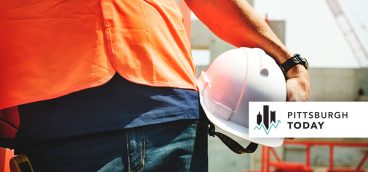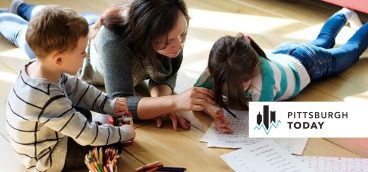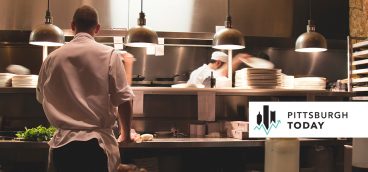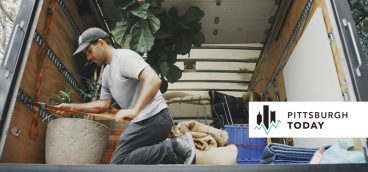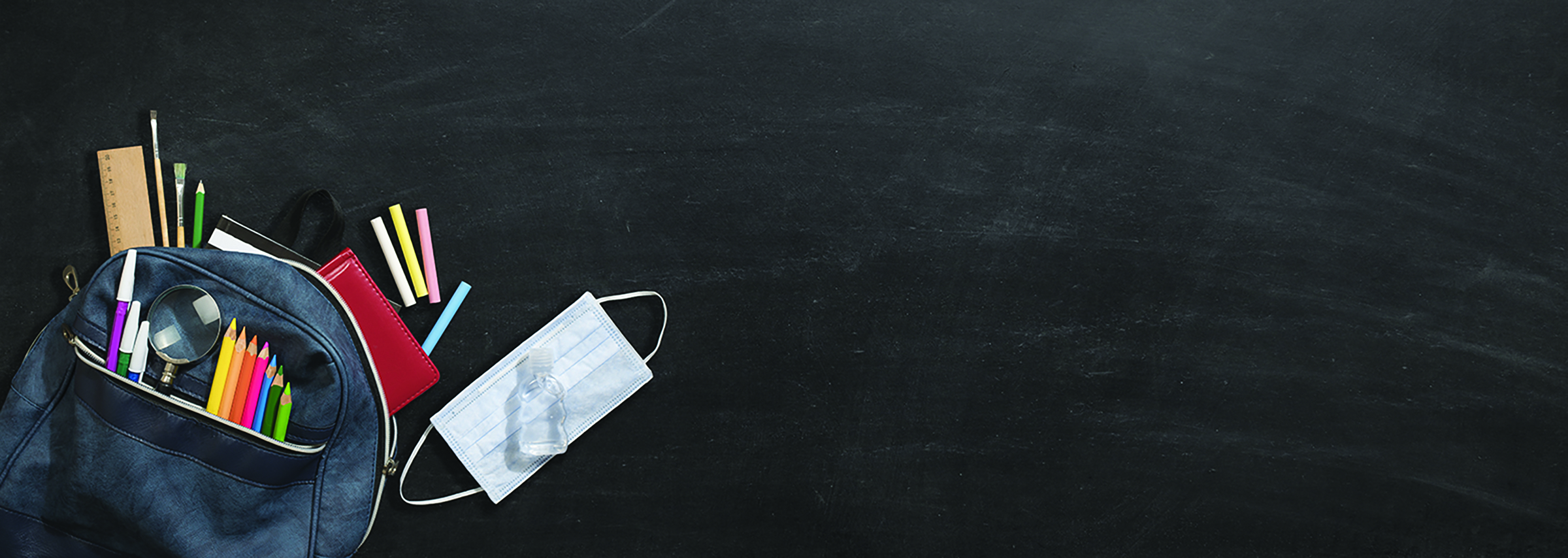
It was against the backdrop of war and pandemic that public education in America underwent radical innovation during the early decades of the 20th century. While the nation endured World War I and the Spanish flu, public education was quietly reshaped by a surge in public school enrollment and a wave of reform. It was inspired by philosophies that questioned the rigidity of classroom instruction and encouraged more interaction between teachers and students and curriculum better tailored to each child.
In Pittsburgh, the Pittsburgh Board of Education, which was established in 1911, eliminated high school entrance exams, which helped fuel a 382 percent increase in secondary school enrollment between 1914 and 1930. Teachers were given retirement packages for the first time. An evening school and a continuing-education school were created for dropouts that included technical training programs. And the board, in its first 30 years, authorized 65 major building projects in the district to accommodate the soaring demand for education.
More than a century later, the COVID-19 pandemic shook public education in every district across the country. Technology went from being seen as a classroom add-on to becoming the classroom itself. Gaps in access to computing devices, Wi-Fi, a safe space and support divided schools and students. Instruction, attendance, funding and where school could take place became topics of intense public debate. Every school was forced to try something new.
Some approaches have raised interesting possibilities for the future of how children are educated. But whether the profound disruption to business as usual in the nation’s schools will result in sweeping structural changes to public education remains unclear.
UNEQUAL CHALLENGES
The coronavirus took an estimated 1.2 billion students around the world “out of the classroom” last year, according to the World Economic Forum. Education systems, many already stressed, were overwhelmed. Across the United States and in southwestern Pennsylvania, most districts went remote, bringing the classroom home.
The pandemic public education experience has varied. “There’s been a small group who like remote learning better and there might be new markets for those kinds of folks, opportunities for those kids to be engaged in online learning in a long-term way,” said James Fogarty, executive director of A+ Schools, a local public education advocacy group. But for the rest, “remote learning has ranged from disappointing to disastrous.”
During the pandemic, place mattered.
Children living in the poorest 20 percent of neighborhoods in the United States will feel the greatest long-term impact of school closures, according to a December report by the National Bureau of Economic Research. For them, one year of school closures will be costly. Researchers estimate that ninth graders in the poorest communities will suffer a 25 percent loss in earning potential after they leave school. No significant loss of earning potential is expected among students from the wealthiest 20 percent of U.S. neighborhoods.
“For districts that have been using technology for years, for those that had learning management systems up and running, it was a pretty seamless transition,” said Tyler Samstag, director of innovation at the Allegheny Intermediate Unit and the director of Remake Learning, an education nonprofit in the region.
“We had some districts say that over the course of three weeks in March [2020], they were up and running. And then you had other districts that had to purchase large quantities of technology during a period when everyone around the country was purchasing it, and there was a delay in acquiring the technology and supporting teachers, students and caregivers. The disparity was obvious and it had implications for learning.”
Pittsburgh Public Schools started providing virtual instruction in March 2020, but wasn’t able to get school-issued laptops and iPads to all students until late November, well after the new school year began.
Deer Lakes School District had a smoother transition. “For the past six years, we’ve been putting in 1:1 [computing], professional development and technology,” said Janell Logue-Belden, superintendent of Deer Lakes School District. Districts with 1:1 computing provide each student with some kind of device he or she can use to access remote instruction, such as a tablet, laptop or desktop computer, as opposed to requiring students to provide their own.
“When the pandemic hit, we were able to step right in,” Logue-Belden said. “We only needed a couple days to get organized. All of our students had devices. We had one student who did not have internet and we were able to give them a hot spot. People jumped in place.”
The switch to online education further exposed inequities in technology access and high-speed broadband that had been a concern for years. About 64 percent of teachers and administrators in U.S. schools with a large number of low-income students said their students faced technology limitations. At the same time, only 21 percent of students in schools with a small number of low-income students lacked technology access and support, according to an Education Week survey.
The Federal Communications Commission estimates it will cost $40 billion to close the broadband gap.
“The barriers we saw prior to the pandemic are barriers that still exist,” said Temple Lovelace, associate professor of special education at Duquesne University. “For schools that did not have the infrastructure in place for remote learning — that weren’t already 1:1 districts — they played catch up and are continuing to play catch up.”
Those barriers affect some racial groups in ways unexplained by measures of poverty. Some 40 percent of African American students and 30 percent of Hispanic students in K–12 schools across the country didn’t receive instruction during initial COVID-induced school shutdowns, compared to 10 percent of white students, according to a December study by the international consulting firm McKinsey & Company.
But even in districts where students have devices, Wi-Fi and tech-savvy teachers, virtual learning has not been easy. “It’s been a challenging and really stressful year for teachers,” said Anthony Burns, a 6th grade innovation and design teacher in the North Hills School District who was named the National Hockey League’s Teacher of the Month in January. “It’s really tested our overall ability to adapt and be flexible throughout the year. I have no idea if there’s a TV on in the background, if there are siblings running around. It’s tough. I ask each group of kids: ‘What’s the most challenging part of virtual learning?’ And they always say it’s the distractions.”
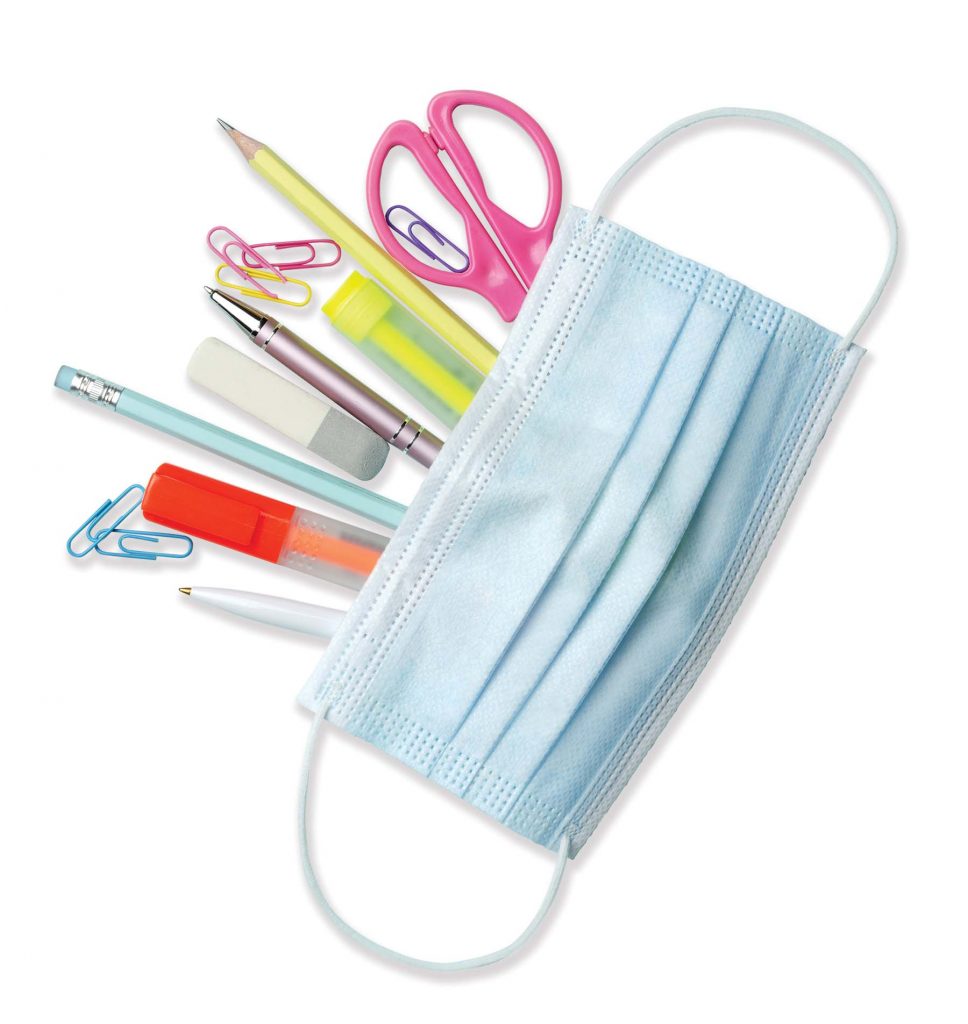
CLASSROOMS REDEFINED
But the pandemic has also opened the door to reimagining the classroom. “The biggest shift that we’ve seen is every classroom around the region is leveraging technology within instruction,” Samstag said. “Essentially, they’re de-walling the schools and thinking broadly about where learning can happen, how learning can happen, being able to connect with people outside the confines of your school. These are things that are no longer the exception. They are more the norm.”
The most noted innovations to emerge relate to how schools use technology, according to a Remake Learning report based on sessions with nearly 200 educators, administrators, out-of-school providers and parents in the region. For one thing, bringing instruction into the student’s home has allowed parents to peek inside their child’s classroom.
“With virtual instruction, parents are seeing what their kids are doing; they’re hearing some of the lessons,” said Minika Jenkins, chief academic officer at Pittsburgh Public Schools. “The involvement of parents is something we want to make sure will be a part of education from the very beginning: What lessons are my kids being exposed to? How is the teacher grading? What are the supports available to my child? Now, they can see it.”
Districts across the region spent much of the year experimenting with a hybrid approach to teaching that mixed in-person and virtual instruction for students. And their experience with alternative scheduling and instruction formats could lead to greater flexibility and choice in public education, experts say.
“Education is very slow to catch up with society,” said Logue-Belden of Deer Lakes. “People now expect us to use the technology we have and have personalized instruction for a student. Why should we have students in study hall, stuck there while they could be doing an internship online or a plethora of other things? If a student is ill, why can’t they be in live instruction? Things have to change. People are not going to go back to traditional education.”
Teachers have relaxed deadlines, posted their lectures or instructional videos online for students to watch or re-watch at the own pace — things that have existed in higher education for decades, but have now trickled down to elementary schools. “We’re hearing talk about schedule and instruction in really interesting ways,” Samstag said. “Many high school students were turning in their coursework in the evening and were highly successful. When you think about the implications of more flexibility around when students can do their learning, it has beneficial implications.”
But some experts are skeptical about sweeping innovation in education during the pandemic.
“All of the innovations have been somewhat modest,” said Justin Reich, professor of Comparative Media Studies at the Massachusetts Institute of Technology, and director of MIT’s Teaching Systems Lab. “There’s this weird paradox where schools have flipped their operations, transformed them overnight or over weeks and months, but what they actually built was the same as what they had going on before.”
He said the roots of the dominant pandemic-era technologies are decades old, including learning management systems — online platforms that help educators organize student assignments, gradebooks and communicate with students and parents. Examples include Canvas, Google Classroom and Schoology. “They basically operate like a folder in an elementary school child’s backpack — one side says ‘to school’ and the other side says ‘to home.’”
Zoom and other videoconferencing technologies used widely by schools during the pandemic had their roots in early videotelephony experimentation by Bell Labs in the 1930s.
“But the two main things that students are going to be a lot better at is they’ve had more practice with self-directed independent learning than any other group before,” Reich said. “They’ve had more practice with technology-mediated education than ever before.”

FUTURE IMPLICATIONS
The expansion of virtual or hybrid learning models appears likely to continue after the pandemic, to some degree. Virtual learning is something two in 10 U.S. school systems are planning to keep or at least are considering for the future, according to a recent Rand Corp. study.
“Not all innovation is longstanding or good, but it provides an entry point,” said Duquesne’s Lovelace. “What can we learn from these flexible models for students who can’t make that 7:30 call time to high school?”
Hybrid learning has opened up opportunities for collaboration among school districts. For example, hybrid learning could allow students to take advanced courses offered in other districts, but not their own. “We can be more innovative in how we can continue to schedule students in courses that are readily available in other buildings,” Jenkins said. “It gives families choice.”
Educators and others who took part in the Remake Learning sessions supported increasing the flexibility of teacher instruction and modifying school schedules. Popular ideas included limiting high school schedules to four classes a day, extending the school day to include nights or weekends, or “flipping” classrooms in which students watch teacher instruction as homework and complete their homework or other assignments during class in front of the teacher.
But educators have a lot to learn about such changes. “It will take a long time to figure out which of those is really definitively good for kids and their learning,” Reich said.
“We don’t have basic descriptive research that could tell you with any consistency what’s happening across American classrooms in regard to remote instruction. We don’t have any idea of the degree to which science teachers during remote learning are trying to do lab experiments. To what extent are they doing labs and filming them? To what extent are they inventing new labs that only have elements that kids have at home? No one has any idea to the extent to which each of these is being done.”
Eventually, they will. In the meantime, school districts continue to explore changes and make public education more flexible in ways they never had to before the pandemic.
Julia Fraser is a Pittsburgh Today staff writer and research specialist.



